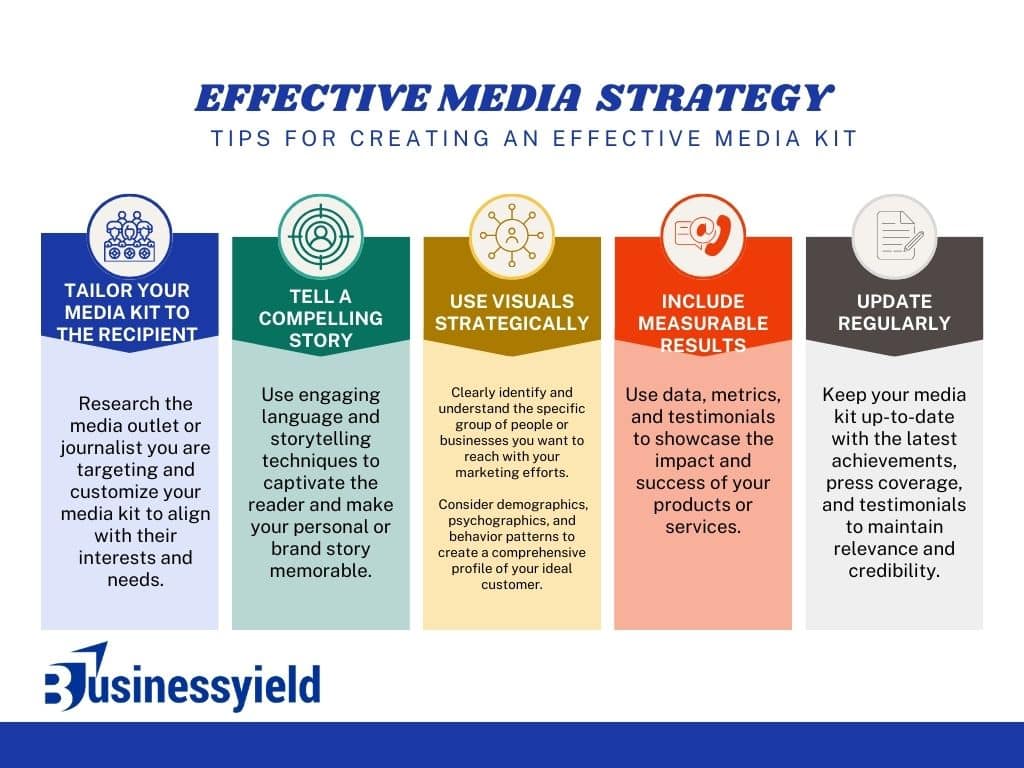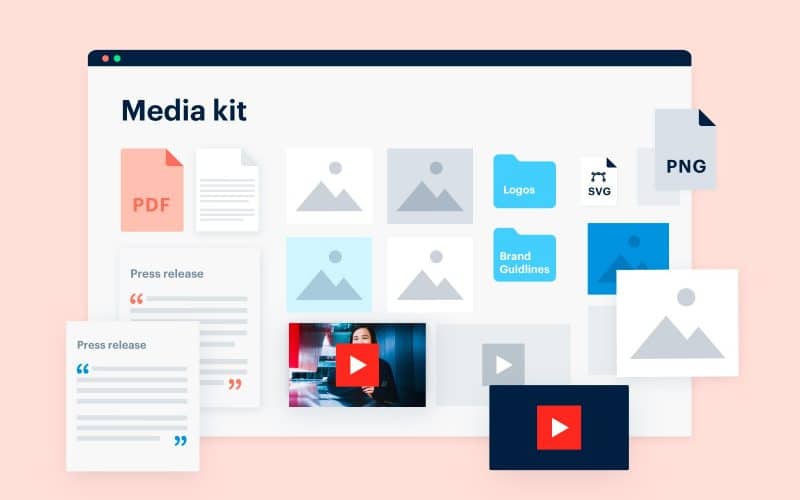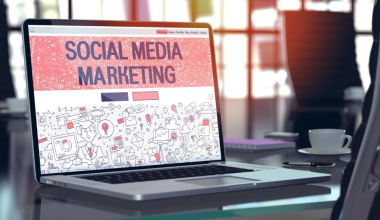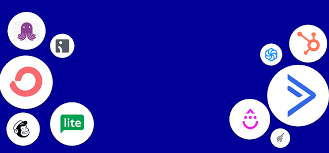Make developing a media kit a high priority for your business. It will only take a few hours, but it will yield significant results in terms of press coverage. Don’t wait until it’s time to launch your big PR campaign to get your media kit ready. Invest the time now so that you are prepared for any unexpected (but very welcome) press chances.
Fortunately, we have made creating a media kit quick and easy. We’ll walk you through all you need to know to create a media kit that meets the needs of reporters and bloggers (and more). In addition, we have excellent media kit examples that will spark your creativity.
Key Takeaways
- To effectively capture the attention of diverse target audiences, the article suggests tailoring media kits through research, customized cover letters, relevant information highlighting, adapted language and tone, modified visuals, and targeted case studies and testimonials.
- Creating a well-crafted media kit is crucial for attracting press coverage as it emphasizes its power in making a lasting impression and securing significant media attention.
- A personalized cover letter, brand story, important personnel information, product specifics, target audience definition, case studies/testimonials, press releases, media coverage, visual assets, and contact information.
What is a Media Kit?
A media kit is a promotional package that people, brands, or organizations create to give journalists, bloggers, and media professionals pertinent information and resources about their business, goods, or services.
Creating a media kit is an essential part of attracting press coverage. As a PR professional with years of experience, I have witnessed the power of a well-crafted media kit in attracting attention and securing press coverage. I have successfully used media kits to land killer press coverage for my clients, and I can share my experience with you. Let’s take a look at the components of a good media kit.
Features of a Media Kit
#1. Cover Letter
- Personalize the cover letter to address the recipient and introduce my brand.
- Use a compelling opening statement to grab the reader’s attention.
- Highlight the purpose of the media kit and why it is relevant to the recipient.
- Provide contact information for further inquiries.
#2. About Us
- Share my personal or brand story, including how I got started and what inspired me.
- Explain my mission, vision, and values, emphasizing what sets me apart from others in the industry.
- Talk about any challenges or obstacles I have overcome, showcasing my resilience and determination.
#3. Key Personnel
- Introduce the key members of your team, sharing their background, expertise, and achievements.
- Highlight any relevant awards, certifications, or industry recognition received by your team members.
- Include professional headshots and brief bios to add a personal touch and build trust with the reader.
#4. Products/Services
- Describe your products or services in detail, emphasizing their unique features and benefits.
- Share any success stories or case studies that demonstrate the value and impact of your offerings.
- Include pricing information or packages, if applicable, to give the reader a clear understanding of the cost.
#5. Target Audience
- Define your target audience, including their demographics, interests, and pain points.
- Provide market research and insights that showcase your understanding of your audience’s needs.
- Explain how your products or services address those needs and offer solutions.

#6. Case Studies/Testimonials
- Share real-life examples of how your products or services have helped customers or clients.
- Use specific metrics and data to demonstrate the measurable results achieved through your offerings.
Here is a sample of Marucci quote testimonials:

#7. Press Releases
- Include recent press releases or news articles related to your personal or brand achievements.
- Highlight any significant milestones, partnerships, or events that have garnered media attention.
- Showcase the media coverage you’ve received, including links to articles or interviews.
#8. Media Coverage
- List the media outlets that have featured your personal or brand story, along with links or clippings.
- Share the positive reviews, features, or interviews that have contributed to your credibility.
- Mention any notable influencers or thought leaders who have endorsed or supported your work.
#9. Visual Assets
- Include high-quality images of your products, services, or events to make your media kit visually appealing.
- Provide logos, brand guidelines, and style guides to maintain consistency across media coverage.

#10. Contact Information
- Provide clear contact details for media inquiries, including email addresses and phone numbers.
- Include links to your website, social media accounts, and other relevant online platforms.
- Offer multiple ways for journalists and media professionals to reach out to you for further information or interviews.
Creating an effective media kit template involves providing essential information in a structured, visually appealing format. Here’s a basic outline for a media kit template that can be adapted to fit various needs:
Examples of Media Kits
Media kits can vary in format and content depending on the purpose and target audience. A media kit needs to provide relevant and compelling information about the company or brand, as well as any assets that journalists or reporters may need for their stories.
Here are a few examples below:
#1. Fast Company’s Media Kit
Fast Company’s press kit features community statistics, testimonials, social media follower counts, and case studies.
#2. GearJunkies Media Kit
GearJunkies starts with a stat on reaching millions of people before name-dropping brand partnerships with REI, Patagonia, The North Face, and more. They provide case studies, advertising specifications, and past collaborations.
#3. AWeber
AWeber’s web page provides tailored media kits for diverse purposes. They have a beautiful web media kit that is perfect for online publishers, while a distinct set of files caters to those printing, and a third bundle has their brand usage guidelines. Their material is clear and to the point, with direct usage instructions and high-quality images.
#4. Airbnb
Airbnb includes information about their company, brand guidelines, high-resolution images, and key facts and figures about their business.
Tips for Creating an Effective Media Kit

#1. Tailor your Kit to the Recipient
Research the media outlet or journalist you are targeting and customize your media kit to align with their interests and needs.
#2. Tell a Compelling Story
Use engaging language and storytelling techniques to captivate the reader and make your personal or brand story memorable.
#3. Use Visuals Strategically
Incorporate high-quality images and visual elements that enhance the reader’s understanding and leave a lasting impression.
#4. Include Measurable Results
Use data, metrics, and testimonials to showcase the impact and success of your products or services.
#5. Update Regularly
Keep your media kit up-to-date with the latest achievements, press coverage, and testimonials to maintain relevance and credibility.
Benefits of a Well-Crafted Media Kit
- Attract attention from journalists and media professionals who are seeking compelling stories and newsworthy content.
- It establishes myself or my brand as an authoritative and credible source in my industry.
- Increase visibility and brand awareness through media coverage and exposure.
- Build relationships with journalists and media professionals, leading to long-term partnerships and more press opportunities.
- Maximizes my chances of landing killer press coverage by providing all the necessary information and resources concisely and appealingly.
How To Tailor My Media Kit To Get Target Audience
Tailoring my media kit to different target audiences is crucial for effectively capturing their attention and addressing their specific needs and interests. Here are some strategies:
#1. Research My Target Audience
Conduct thorough research to understand the demographics, interests, and preferences of my target audience. This will help me create content that resonates with them.
#2. Customize the Cover Letter
Personalize the cover letter to address the recipient and highlight why my media kit is relevant to their specific audience. Show that I understand their interests and needs.
#3. Highlight Relevant Information
Review my media kit and identify the components that are most relevant to each target audience. Emphasize the aspects that align with their interests and showcase how my products or services can address their specific pain points.
#4. Adapt the Language and Tone
Use language and tone that resonate with each target audience. Consider their communication style, preferences, and level of expertise. Avoid jargon or technical terms that may not be familiar to them.
#5. Modify Visuals
Adjust the visual elements of my media kit to appeal to different target audiences. Use images, colors, and design elements that align with their preferences and aesthetics.
#6. Tailor Case Studies and Testimonials
Select case studies and testimonials that are most relevant to each target audience. Highlight success stories that demonstrate how my products or services have specifically benefited similar individuals or organizations.
#7. Include Relevant Statistics and Data
Incorporate data and statistics that are meaningful to each target audience. Provide evidence of the impact and success of my offerings in a way that resonates with their specific interests and goals.
#8. Customize Contact Information
I provide different contact information or specific points of contact for each target audience. This can help streamline communication and ensure that inquiries are directed to the appropriate person.
Common Mistakes to Avoid When Creating a Media Kit
It’s important to avoid common mistakes that can undermine its effectiveness. Mistakes such as
#1. Lack of Clarity
Ensure that your media kit communicates the key information about your company, product, or event. Avoid using jargon or technical terms that may confuse or alienate the reader. Keep the language simple, concise, and easy to understand.
#2. Missing or Incomplete Information
Make sure that all the necessary information is included in your media kit. This includes details such as company background, key personnel, product/service descriptions, contact information, and any relevant statistics or data. Leaving out important information can lead to confusion and missed opportunities.
#3. Poor Design and Formatting
A media kit should be visually appealing and well-organized. Avoid cluttered layouts, inconsistent fonts, and overwhelming graphics. Use clear headings, subheadings, and bullet points to make the information easy to navigate. Consider using professional design software or hiring a graphic designer if needed. Here is an image with no proper design and details.

#4. Lack of Visual Assets
Visual elements such as high-resolution images, logos, and videos can enhance the appeal of your media kit. Including visual assets helps journalists and reporters visualize your brand or product. Ensure that the visuals are of high quality and relevant to the content.
#5. Not Tailoring to the Target Audience
Customize your media kit to suit the needs and interests of your target audience. Research the media outlets or journalists you plan to send the kit to and tailor the content accordingly. This shows that you have done your homework and increases the chances of engagement.
#6. Failure to Update
Keep your media kit up to date with the latest information, such as recent achievements, awards, or product updates. Outdated information can create a negative impression and undermine the credibility of your brand.
#7. Lack of Contact Information
Make sure to include clear and easily accessible contact information in your media kit. This allows journalists and reporters to reach out to you for further inquiries or interviews. Provide multiple contact options, such as email, phone, and social media handles.
Differences between a Media kit and a Press Release
A Media Kit Includes:
- An introduction that summarizes your brand, product, or service, and what makes it unique
- Relevant and high-quality media, such as photos, videos, logos, or samples
- Detailed and updated information, such as your bio, contact details, social media links, website, portfolio, press coverage, testimonials, rates, availability, and FAQs
- A professional and attractive design that reflects your brand identity and personality
A press release includes:
- A catchy and informative headline that summarizes your announcement
- A dateline that indicates the date and location of the release
- A lead paragraph that answers the who, what, when, where, why, and how of your announcement
- A body paragraph that provides more details, quotes, statistics, or background information
- A boilerplate that gives a brief overview of your brand, product, or service, and your contact information
- A media contact that provides the name, phone number, and email address of the person who can answer media inquiries
How Often Should A Media Kit Be Updated To Stay Relevant In A Dynamic Media Landscape?
To stay relevant in a dynamic media landscape, it’s advisable to update your media kit regularly. A good rule of thumb is to revisit and refresh your media kit at least once every six months. However, more frequent updates may be necessary in rapidly changing industries or if there are significant developments within your brand. Ensure that your media kit reflects the latest achievements, key messages, and any relevant changes in your company or offerings. Keeping the information current ensures that journalists and influencers receive the most accurate and up-to-date representation of your brand.
How To Measure The Success Of Their Media Kit In Securing Press Coverage?
To measure the success of a media kit in securing press coverage, monitor metrics such as media mentions, story pickups, audience reach, engagement on social media, conversion rates, journalist feedback, brand visibility, and conduct competitor analysis. These measures collectively offer insights into the effectiveness and impact of your media kit strategy. Regularly assessing these metrics helps refine and optimize your approach over time.
How Long Does It Take to Create a Media Kit?
The time required to create a media kit can vary based on factors such as the complexity of your brand, the amount of information to be compiled, and the level of detail you aim to include. Generally, a well-prepared media kit may take anywhere from a few days to a few weeks to complete. This allows for thorough research, content creation, design considerations, and potential revisions. It’s advisable to allocate sufficient time to ensure the media kit is comprehensive, visually appealing, and effectively communicates your key messages to your target audience and the media.
Can I Include Samples of My Product In My Media Kit?
Including a product sample in your physical media kit is a simple method to get an outlet’s attention. Conversely, enclose product samples in a physical media kit that you mail to collaborators, possible backers, or influencers.
Conclusion
In closing, having personally navigated the terrain of “The Ultimate Media Kit Blueprint,” I can attest to the transformative power it holds. By mastering the art of attraction and strategically landing killer press coverage, you not only amplify your brand but also sculpt a narrative that resonates across media landscapes.
Embrace this blueprint, and watch as your story captivates, leaving an enduring imprint on both your audience and the ever-evolving media sphere. Here’s to crafting a compelling legacy that withstands the test of time.
- HOW TO WRITE A PRESS RELEASE: (Expert Tips & Guide)
- User Acquisition: Strategies & How It Works (Detailed Guide)
- Managing Multiple Social Media Accounts: Tools And Tips For Success
- Unveiling the Power of Captions: How They Boost Business on Social Media
- PUBLICITY: Definition, Types, and Purpose.






